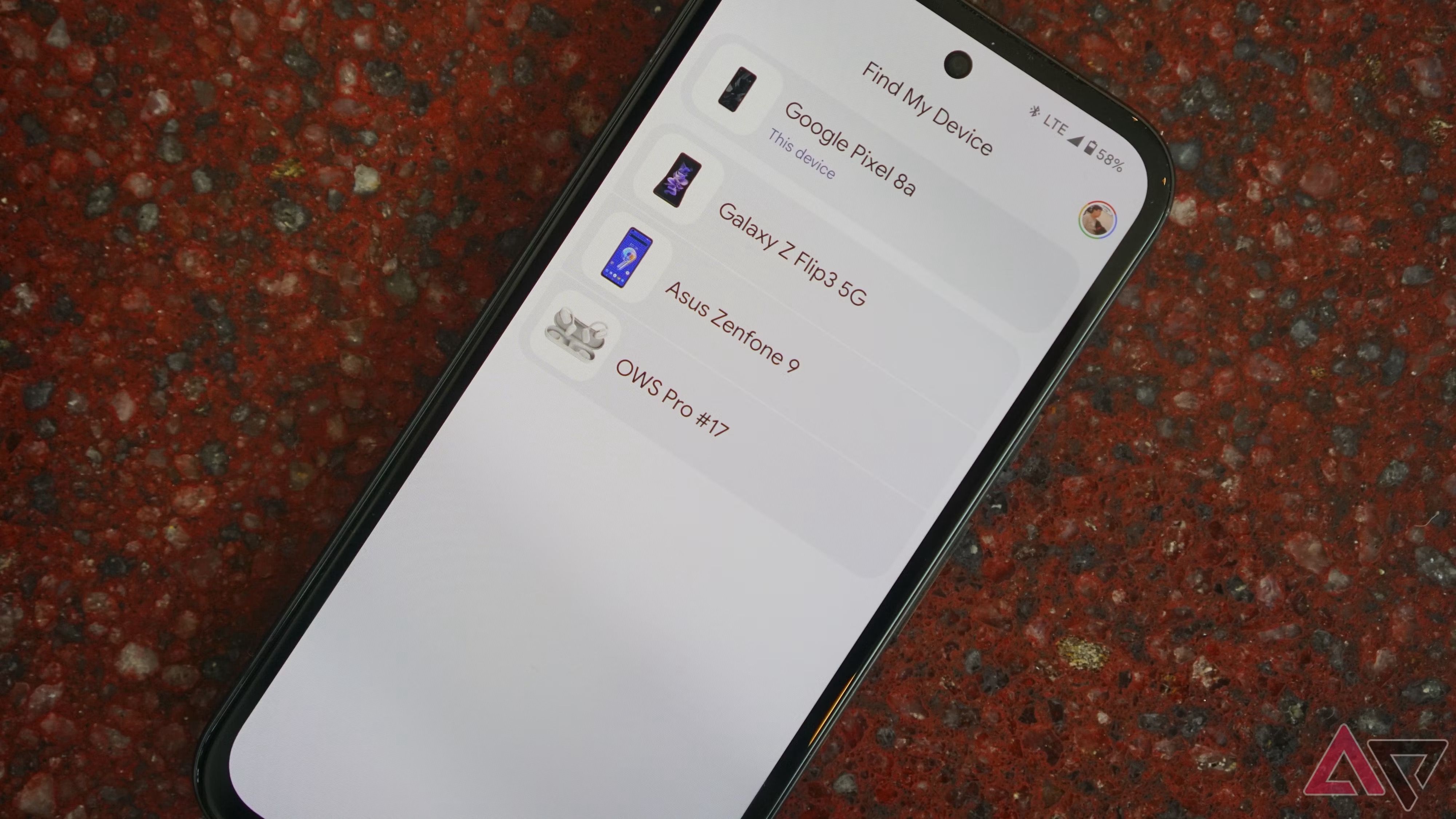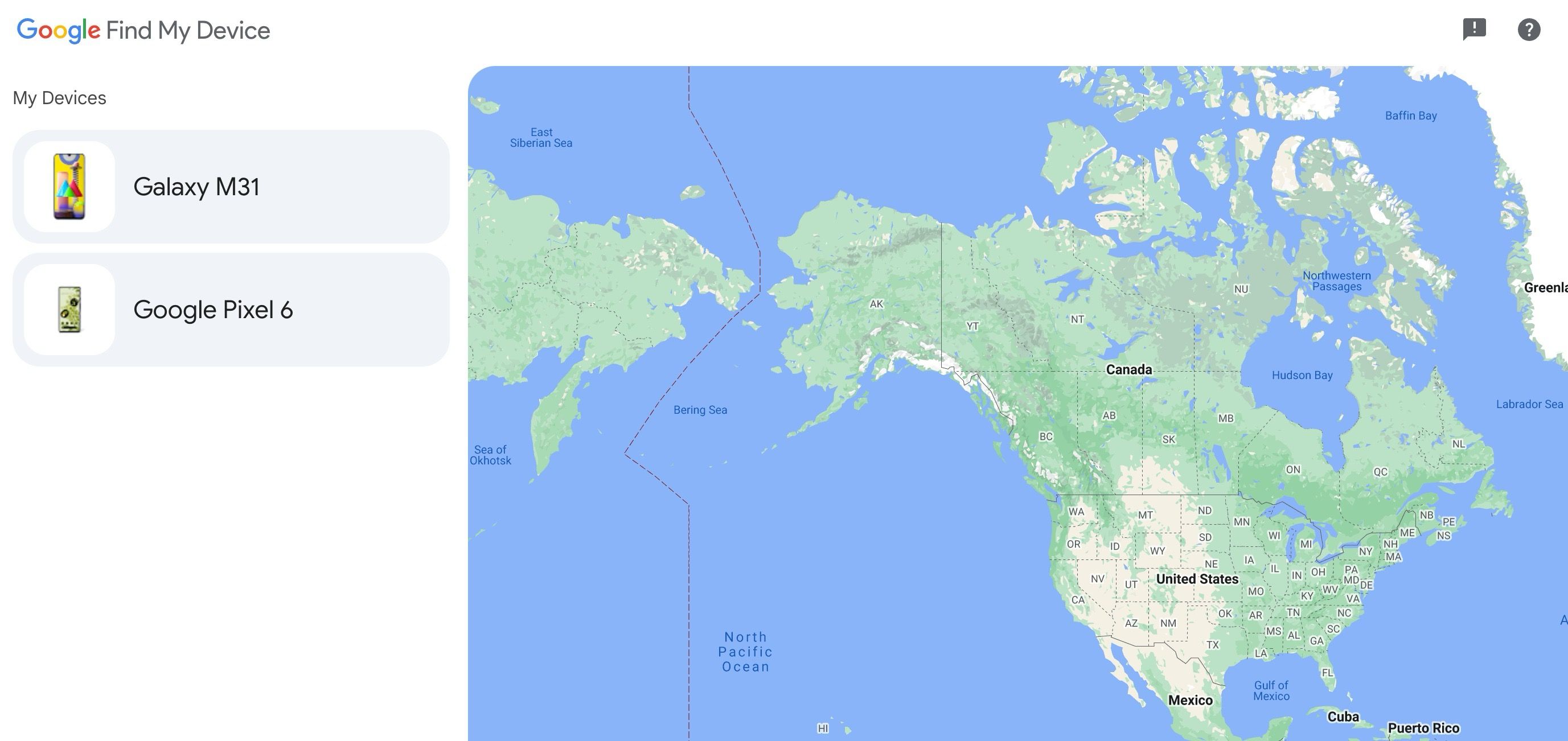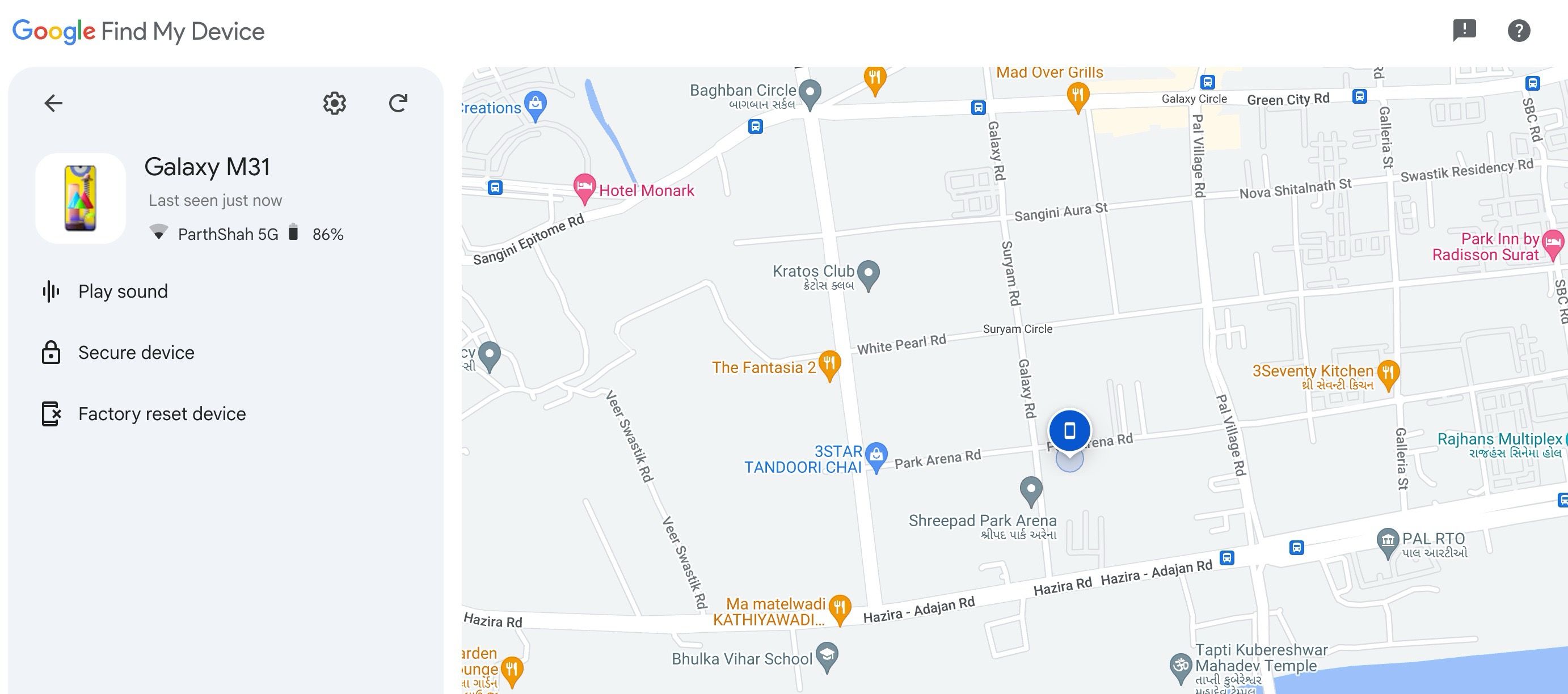Losing your phone can be a heart-pounding experience. Android Find My Device can locate, secure, and manage your stolen Android phone. It protects your data and prevents your phone from falling into the wrong hands. You can use Find My Device to track your lost Android phone, Android tablet, Wear OS watch, headphones, or anything attached to a smart tracker tag. When you sign in with your Google account details and turn on location, your Android phone activates the Find My Device service in the background.
0:32
Related
How to find your lost Android phone or tablet
It’s worth a shot before buying a new device
Why should you use Android Find My Device?
Here are the top reasons to activate and use Find My Device on your Android phone:
- Locate your device: If you lose your phone or headphones in a crowded café or office, use Find My Device on the web to pinpoint its location on a map.
- Ring your phone: Did you misplace your phone in your home? Your little ones can place it somewhere and forget about it. Instead of checking every corner of your home, use Find My device to ring your phone, even when it’s set on a silent profile.
- Protect your personal data: Did someone steal your phone? You can remotely lock it to prevent unauthorized access. You can even delete the phone data to keep prying eyes away from your personal data.
- Find device details: You can find essential device details like the IMEI number and device name from the Find My Device settings.
Enable Find My Device on Android phones
Google automatically activates Find My Device when you log in with your account details and switch on location. You can confirm its status from the Settings menu.
We use a Pixel 8 Pro in the screenshots below. The Settings menu may look different on your Android device.
- Open Settings on your Android phone.
- Scroll to Security & privacy.
- Select Device finders.
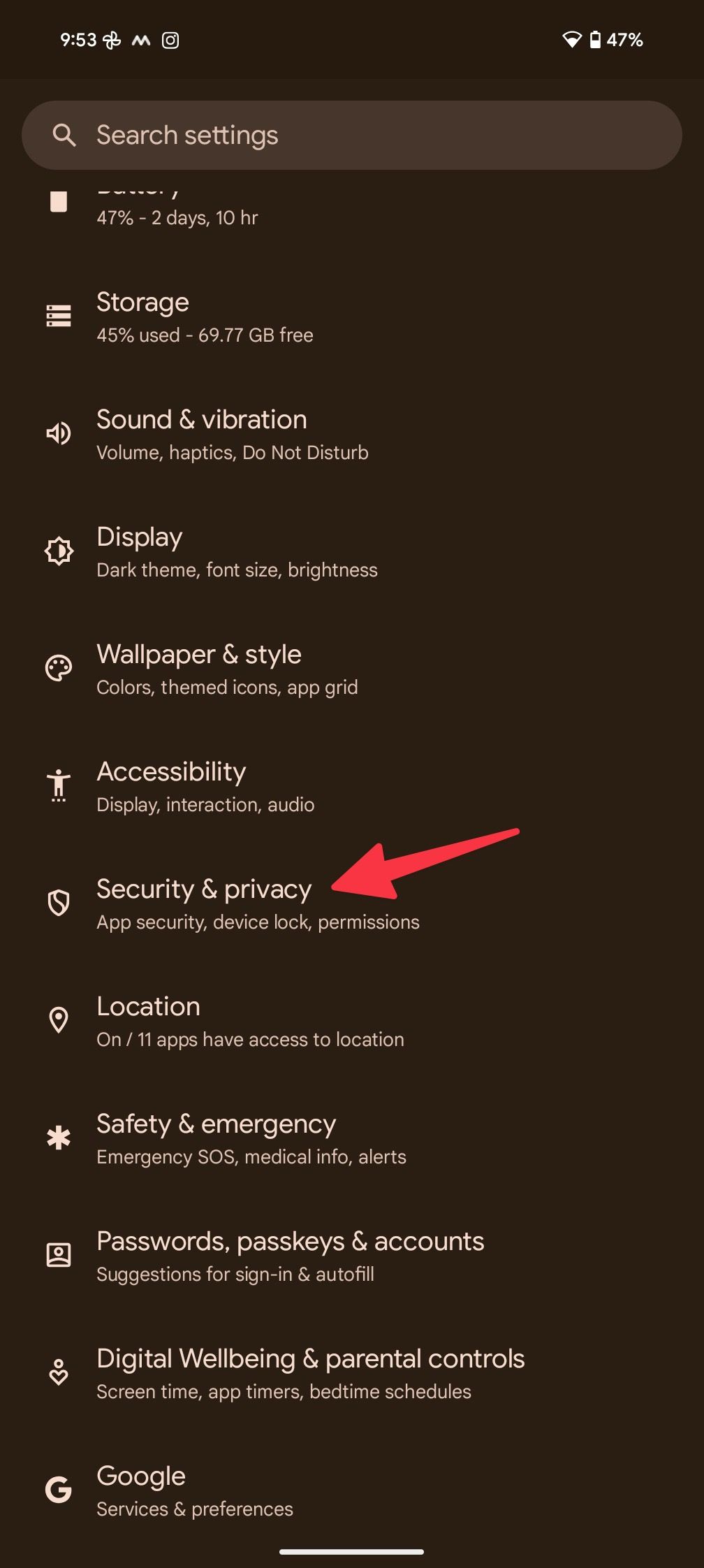
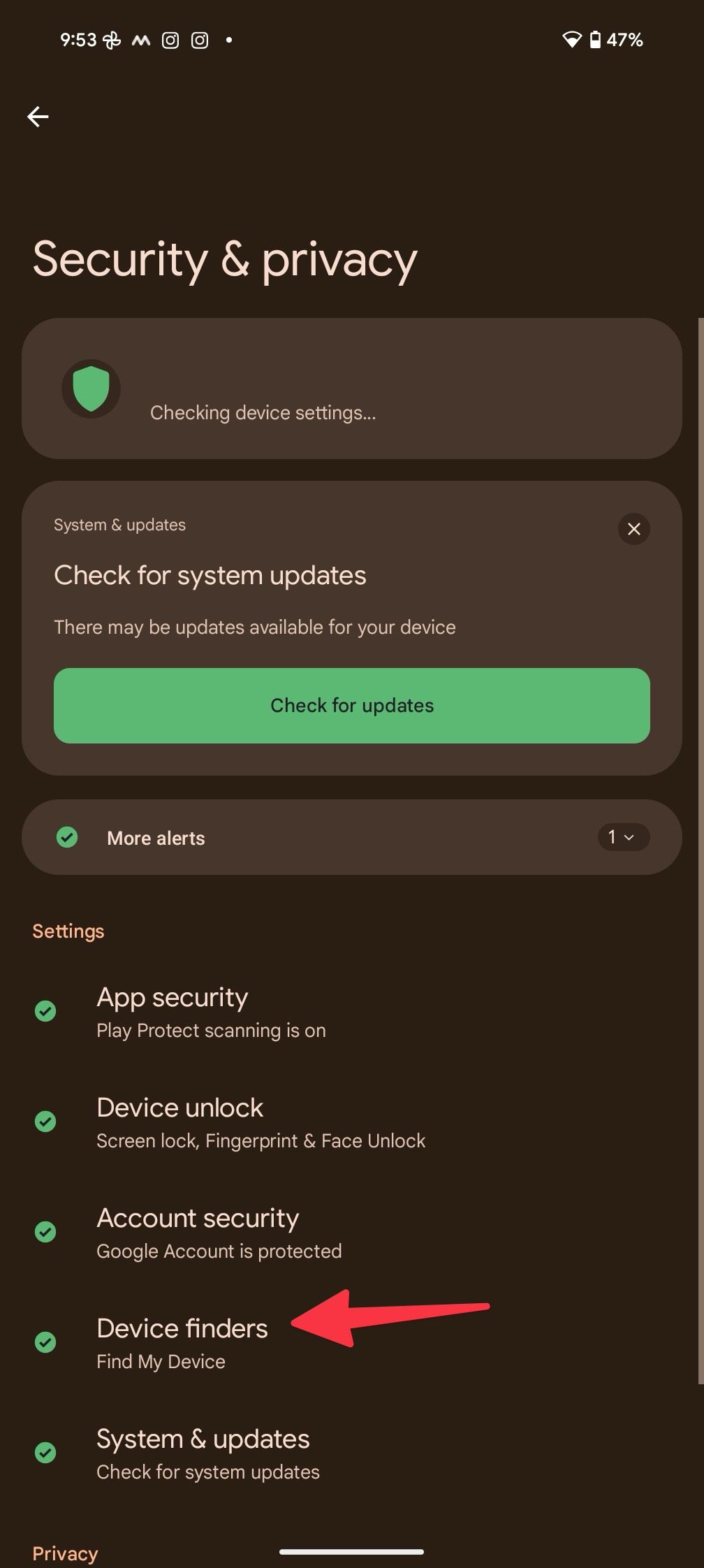
- Tap Find My Device.
- Turn on the Use Find My Device toggle from the following menu.
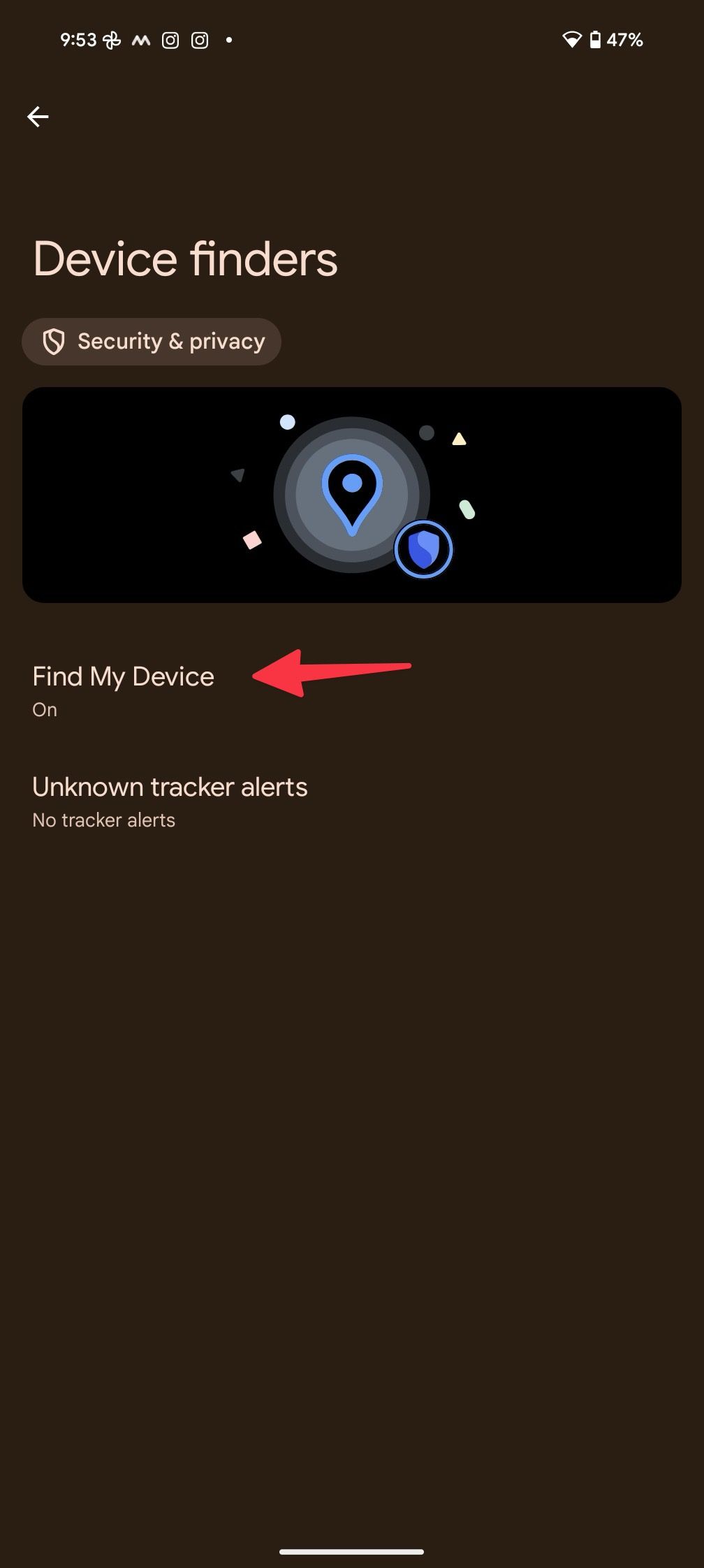
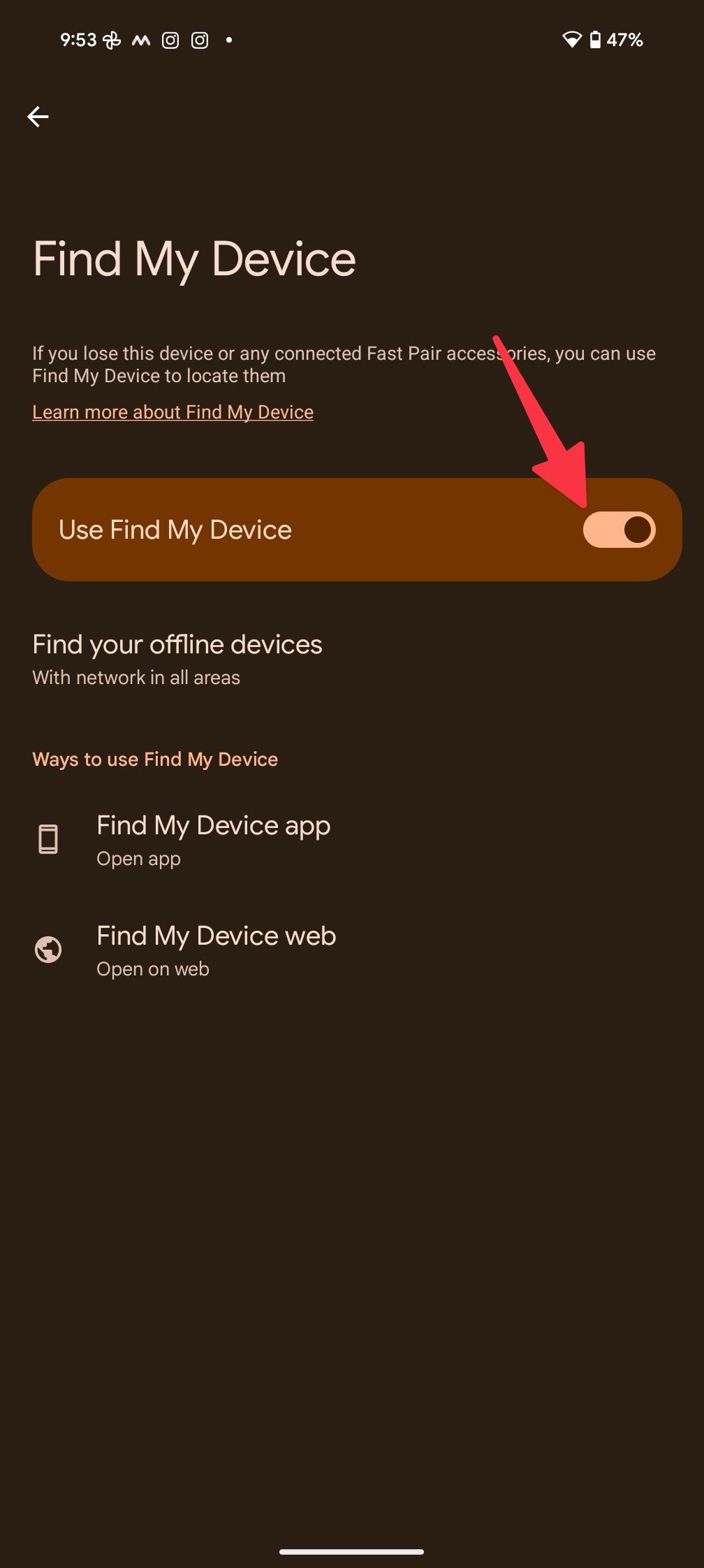
Switch on Find My Device on Samsung phones
Samsung uses a One UI Android skin on Galaxy devices. The One UI Settings menu looks quite different. Here are the steps to activate the Find My Device service on Samsung phones.
- Open Settings on your Samsung phone.
- Scroll to Google.
- Tap Find My Device.
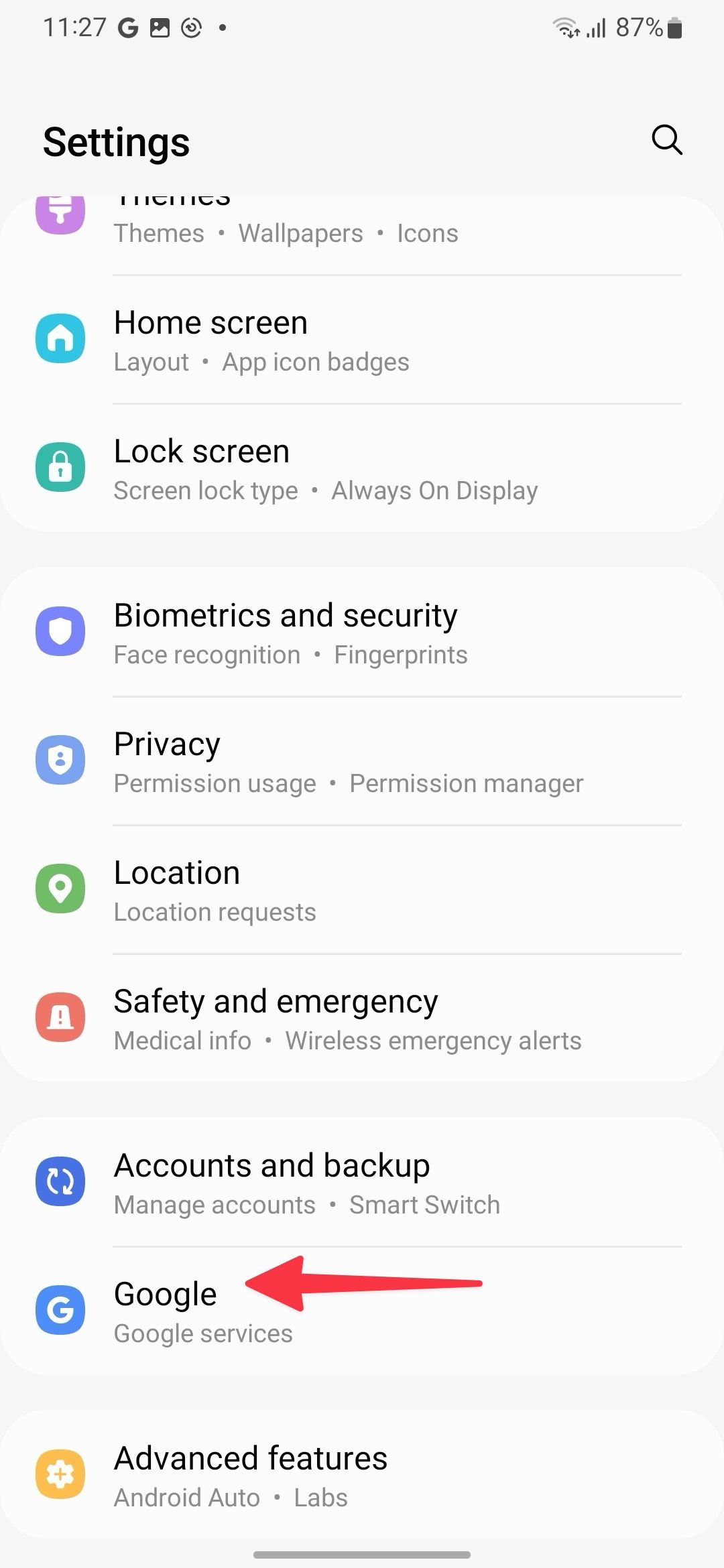
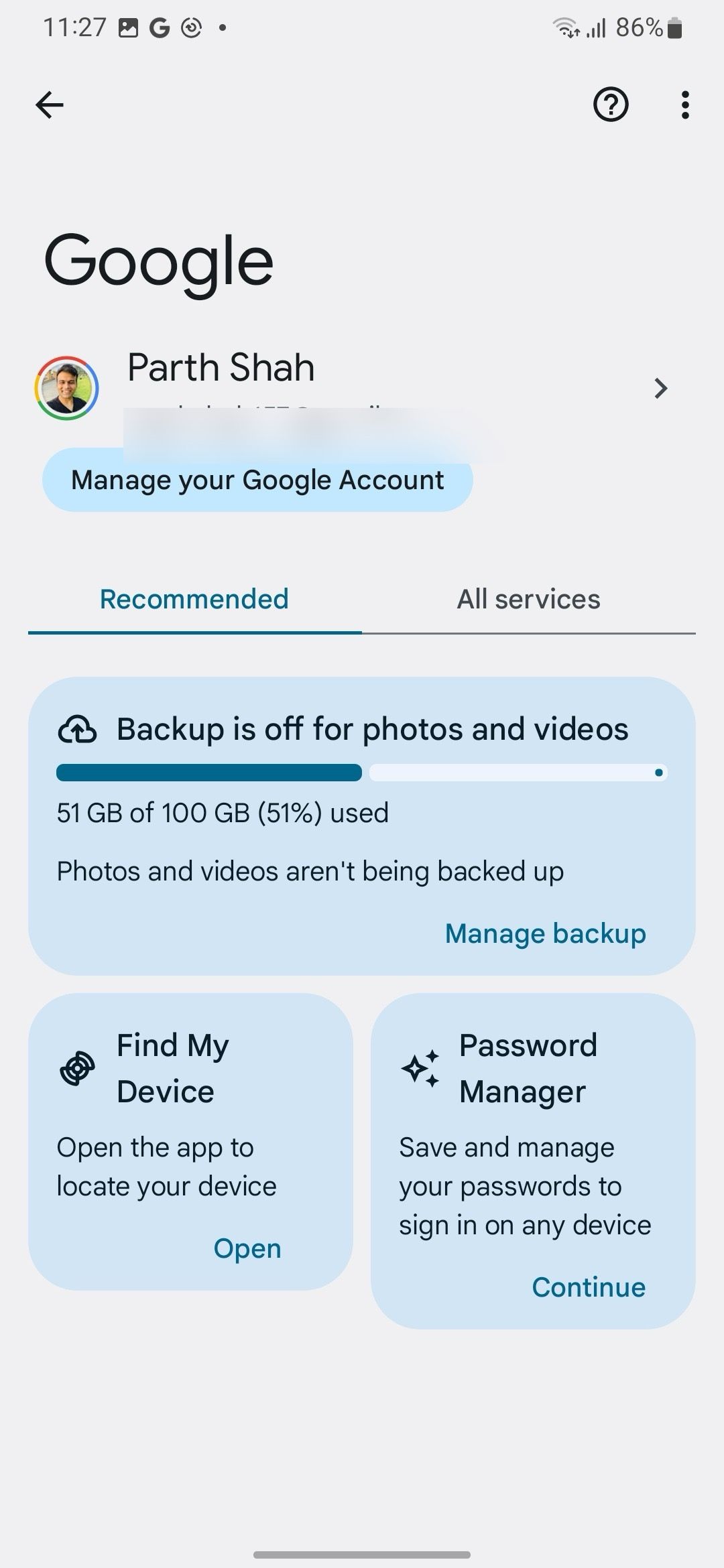
- Turn on the Use Find My Device toggle.
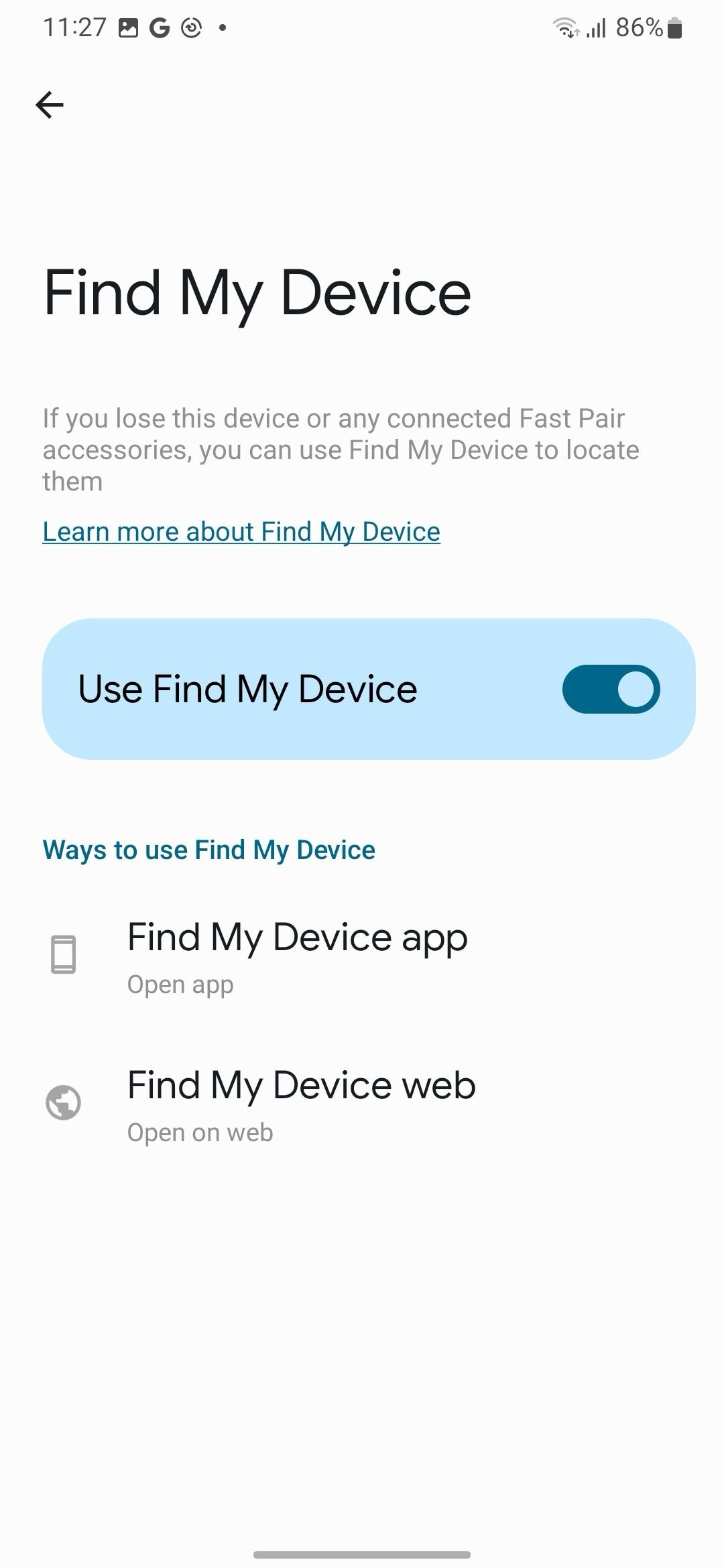
What is Samsung Find on Galaxy devices?
Like other apps and services, Samsung offers a similar service called SmartThings Find. It works well within the Samsung ecosystem of devices like Galaxy tablets, Galaxy Watches, smart trackers, and TWS. The functionality is identical to Google’s Find My Device network. You can ring, lock, track location, erase data, and even activate a power-saving mode to save battery life.
- Launch Settings and select Biometrics and security.
- Turn on the Find My Mobile toggle.
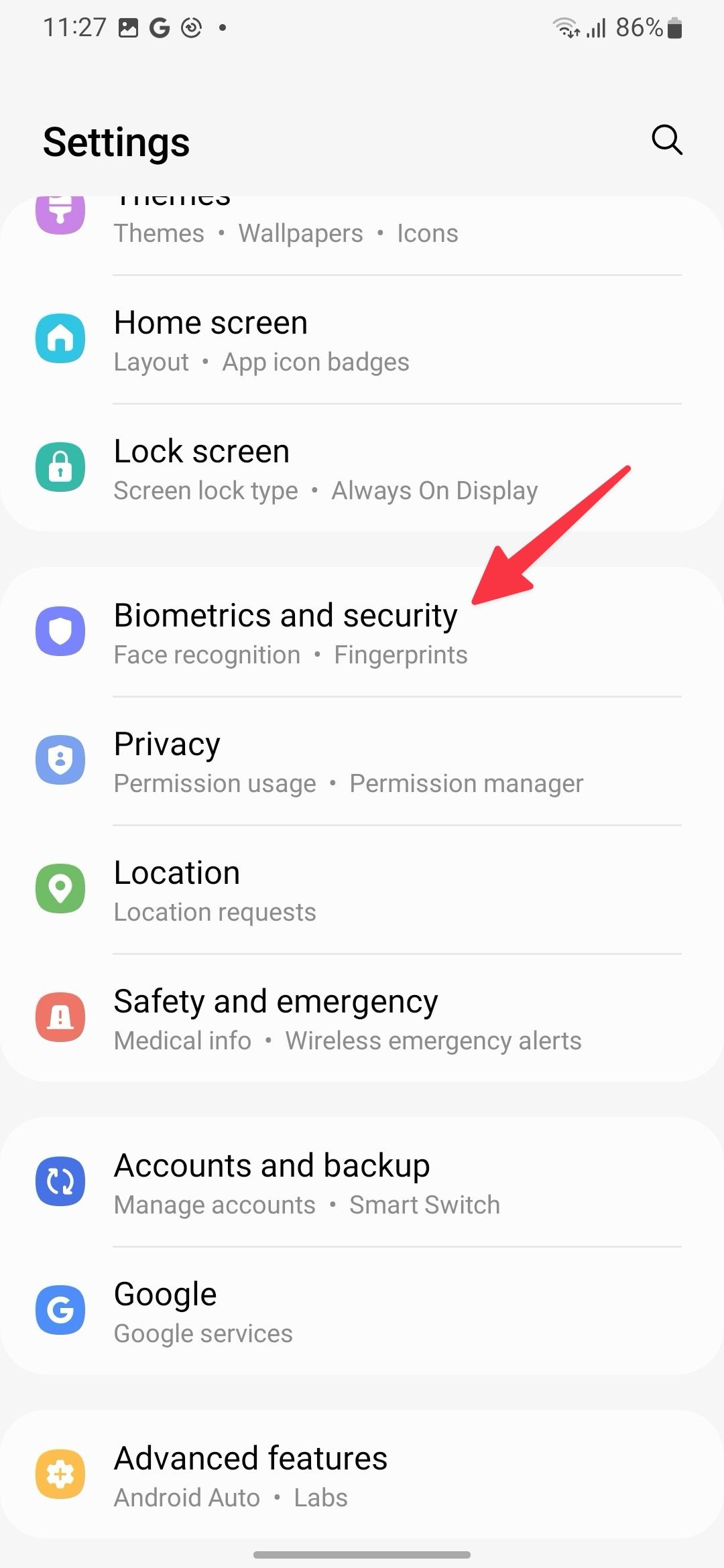
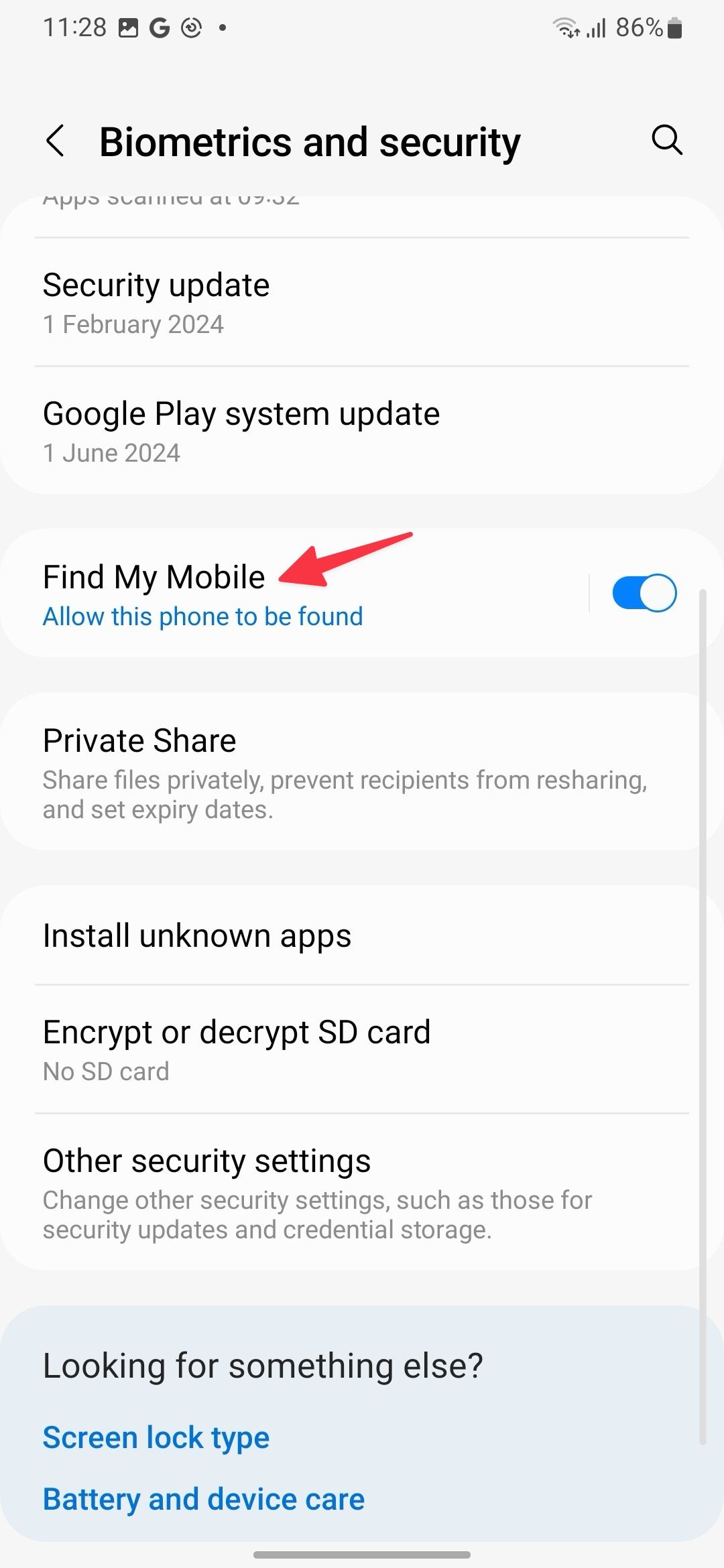
- Go into the menu and turn on the toggles for Allow the phone to be found, Send last location, and Offline finding.
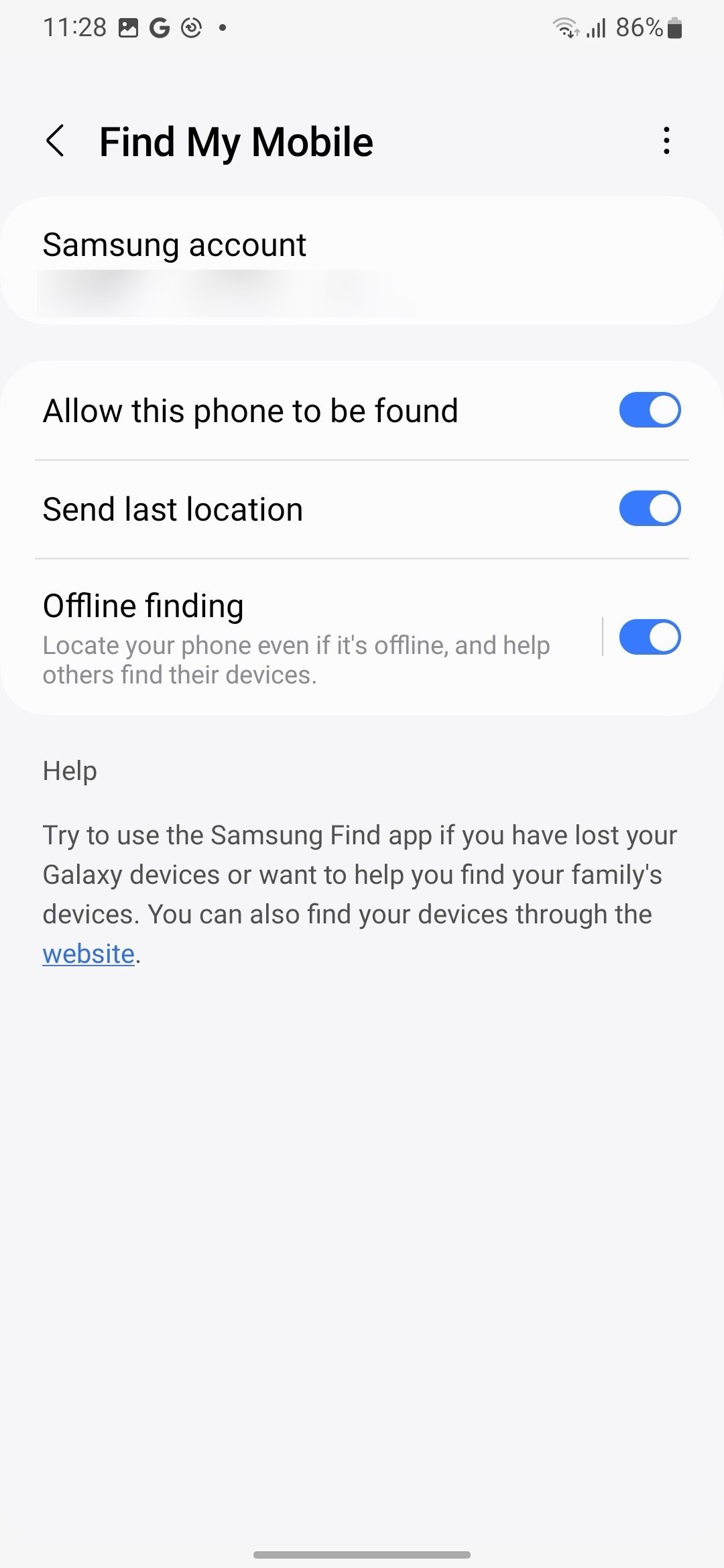
Find offline phones and devices without power
Thanks to the specialized hardware in the Google Pixel 8 series, you can find your Google Pixel 8 even when it is powered off or the battery is dead (for several hours). Google uses the same technology as Bluetooth trackers to find your eligible devices. Let’s activate the option and check other settings.
- Open Settings on your Pixel and go to Device Finders in the Security & privacy menu (refer to the steps above).
- Select Find My Device.
- Tap Find your office devices.
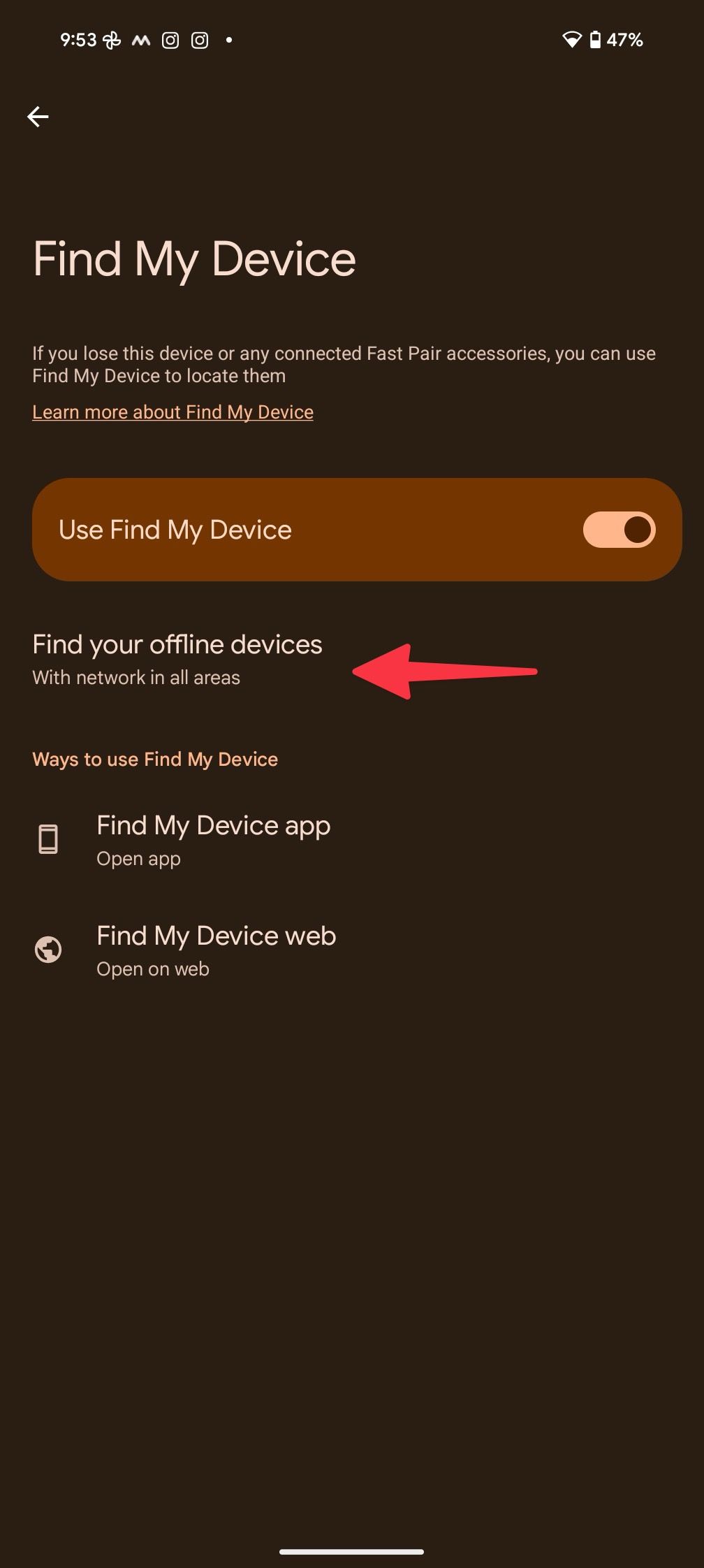
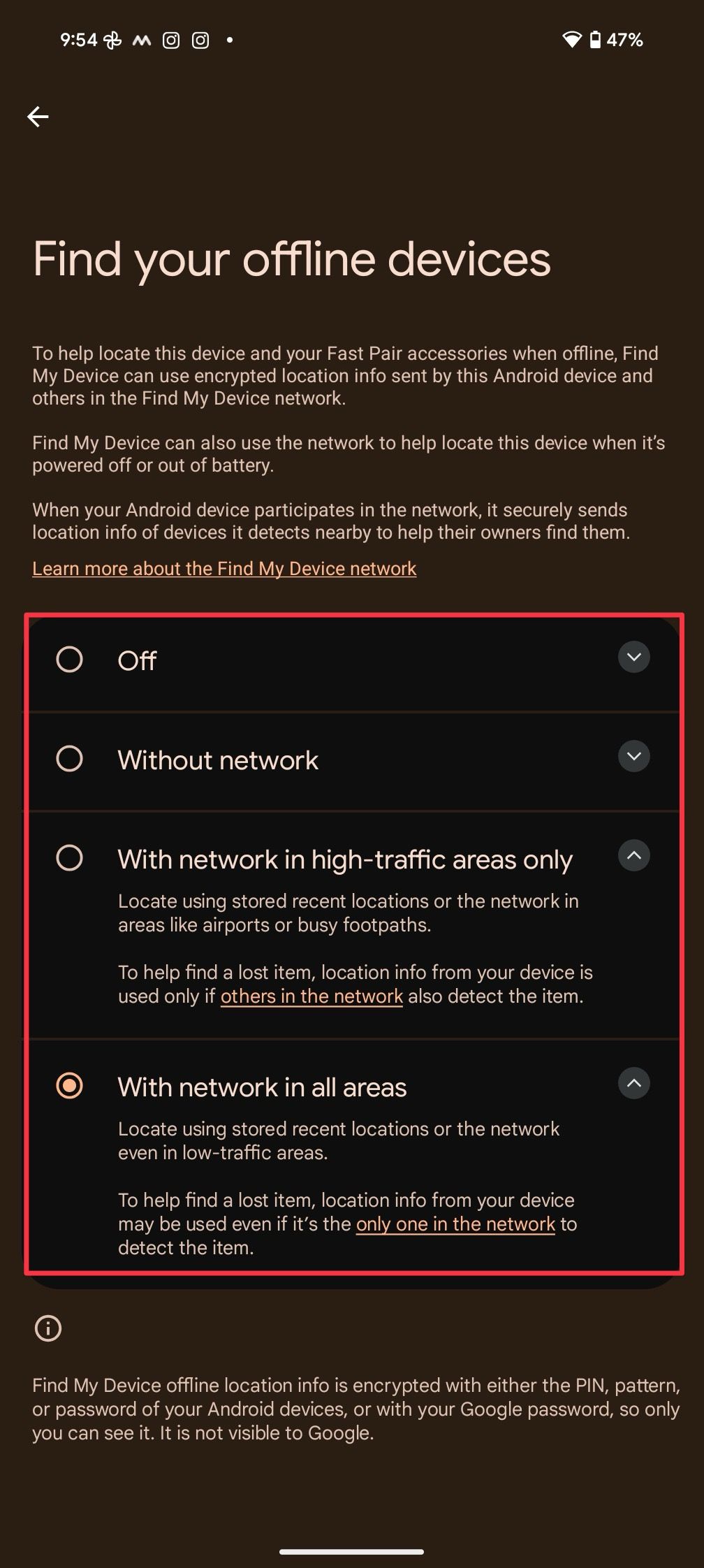
Here are the available options in the Find your offline devices screen:
- Off: The system doesn’t store your device’s encrypted locations. It doesn’t participate in the Find My Device network either. We don’t recommend using this option.
- Without network: Your device doesn’t participate in the network. But you can still find some devices, such as Android phones and Fast Pair accessories. The system stores the encrypted locations with Google. Don’t use this option if you plan to track Bluetooth trackers attached to your keys, wallet, car, and more.
- With network in high-traffic areas only: It is the default option on your Android phone. Here, your phone participates in the network and helps others find items in high-traffic areas. When someone finds their lost item using the Find My Network, the system uses the location sent by your device (and other devices out there) to detect its whereabouts. The system only works in high-traffic areas like airports, busy streets, and more.
- With network in all areas: This option is suitable if you want your Android phone to participate in all areas. Whether it is a quiet train ride or a busy café, your device remains part of the Find My Device network.
You can pick a relevant option based on your preference.
Turn on
Bluetooth
and
Location
and select either
With network in high-traffic areas only
or
With network in all areas
to locate your Pixel 8 when the battery runs out.
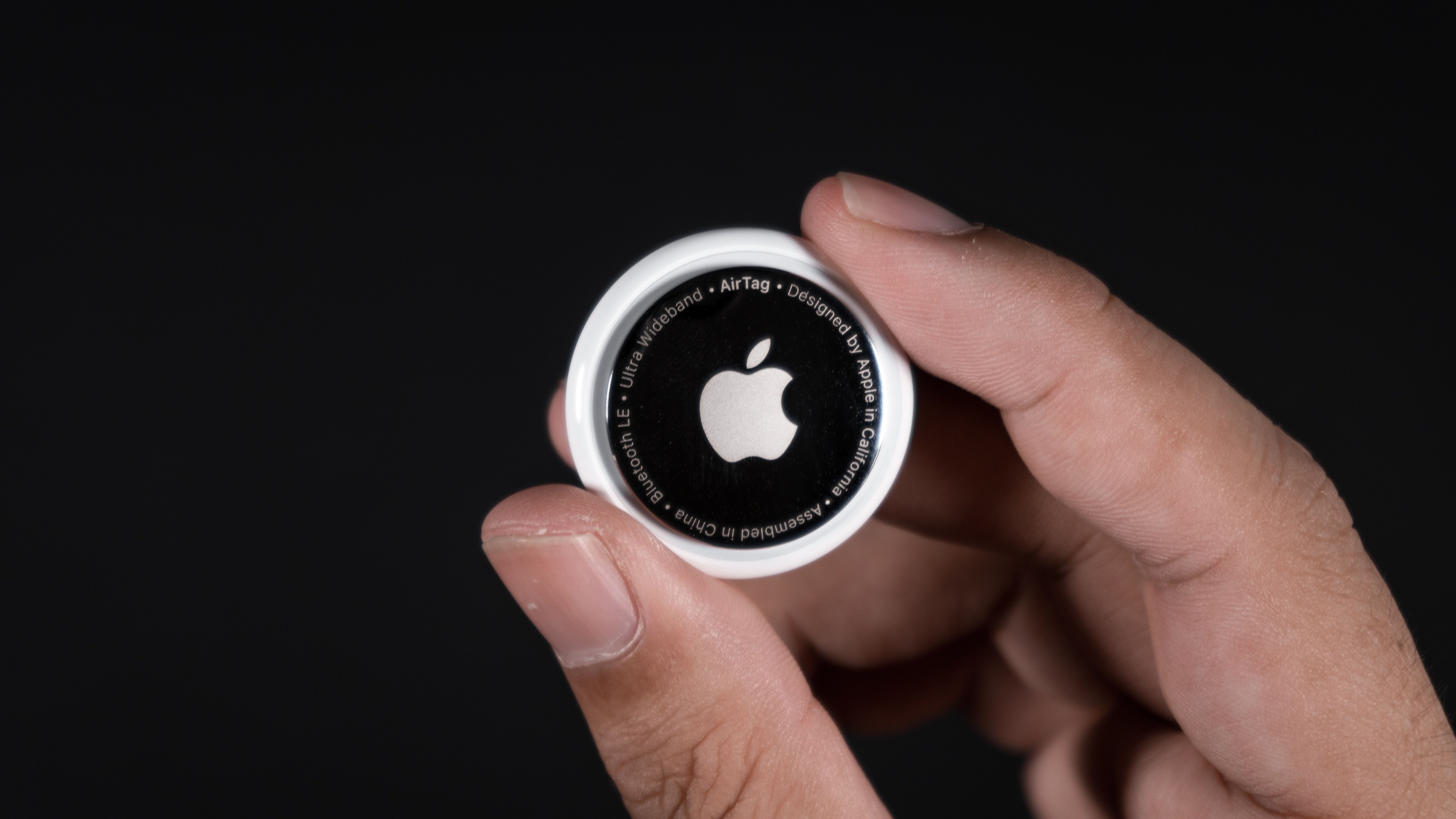
Related
How to find AirTags and other Bluetooth trackers with your Android phone
Keep an eye on what’s keeping an eye on you
Use Android Find My Device
Did you lose your Android phone, Fast Pair accessory, tracker-attached wallet, or key? Use Find My Device via a mobile app or the web version. You can open the Find My Device app on your Android, select the device, and then choose to play a sound, secure it, or get directions.
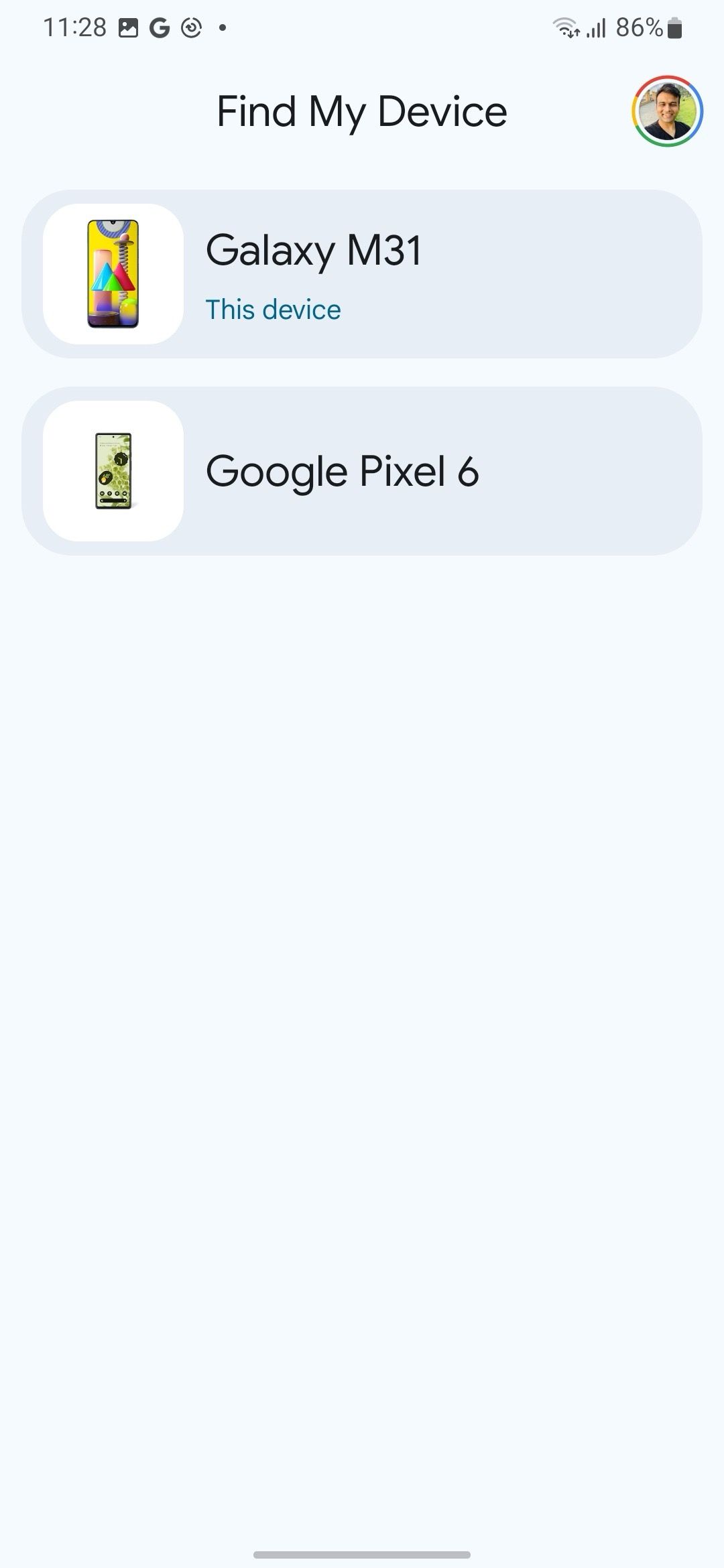
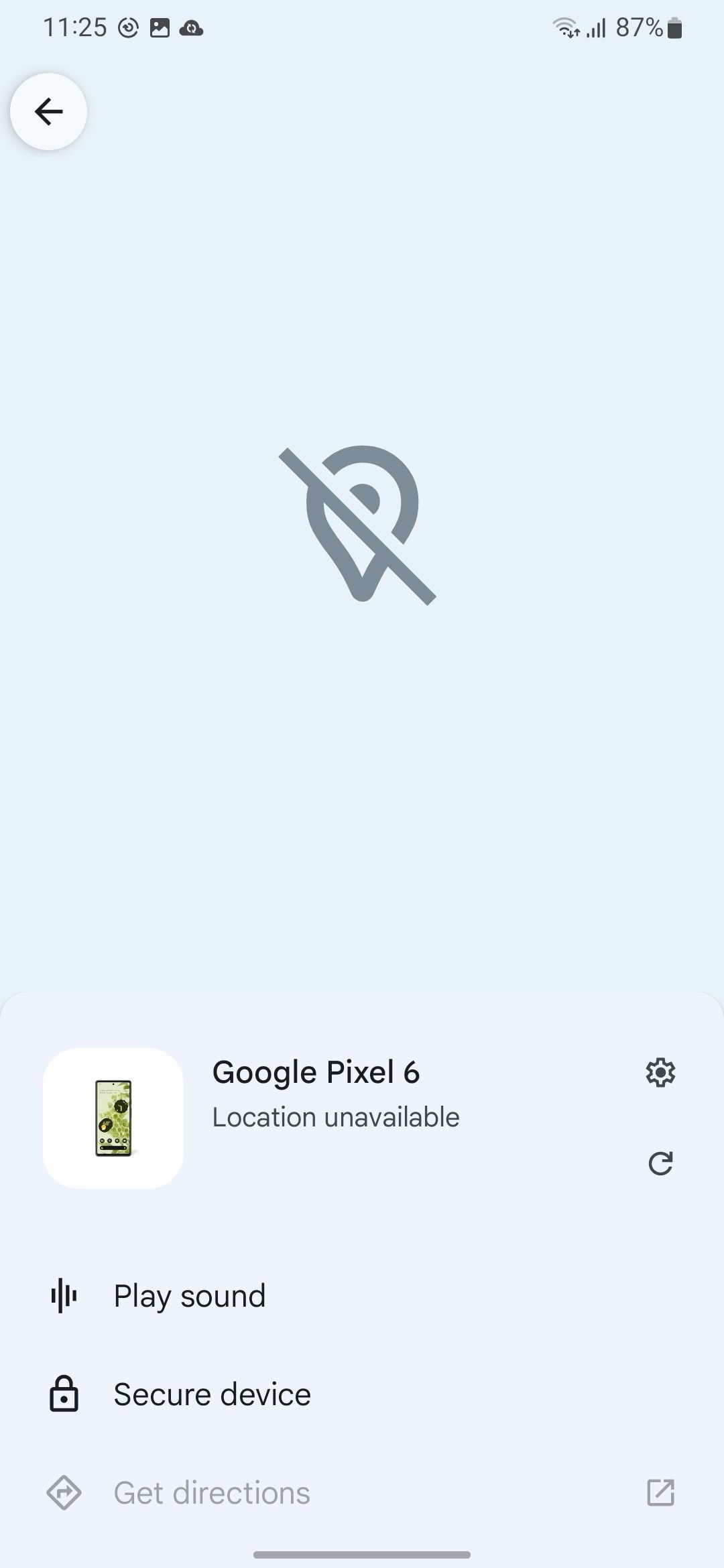
If you can’t access your Android phone, use the steps below to get the job done.
- Visit Find My Device web, and sign in with your Google account details.
- Select a device you want to locate.
- Check its battery life, play a sound, secure it, or reset the device using the sidebar options.
Become a phone-finding ninja
With the Google Find My Device network adding support for Bluetooth trackers, now is the right time to set up and use it on your Android phone. Only a handful of companies like Pebblebee, Chipolo, Jio, and Motorola have announced they will launch Bluetooth trackers that are compatible with Find My Device. Among them, Chipolo One is an interesting smart tracker that can give Apple AirTag a run for its money. Check out our comparison guide to learn the differences between the two.

